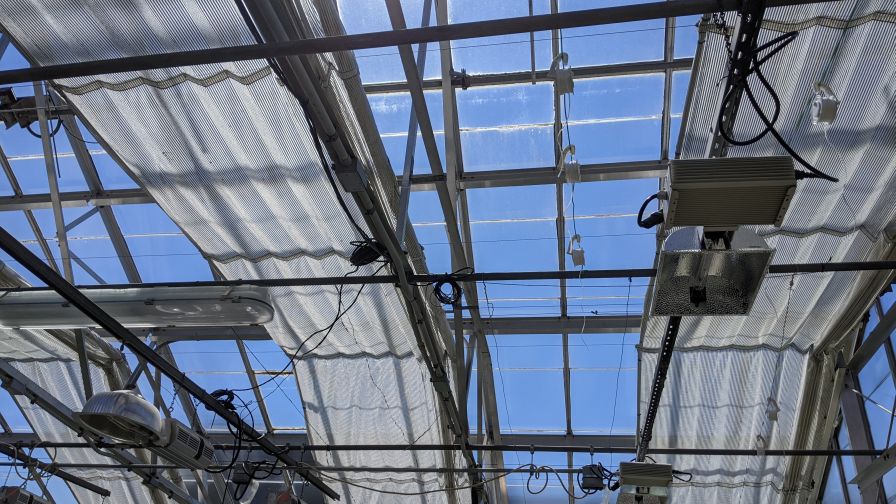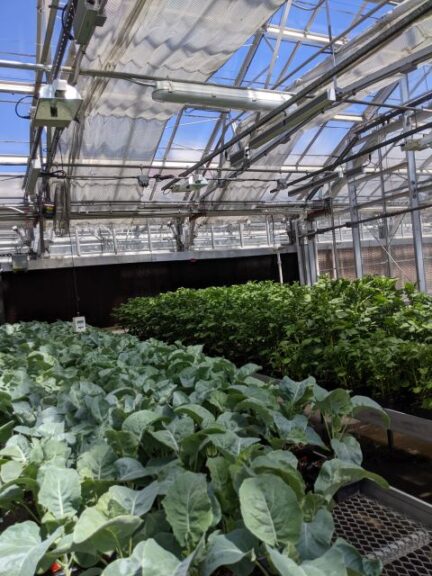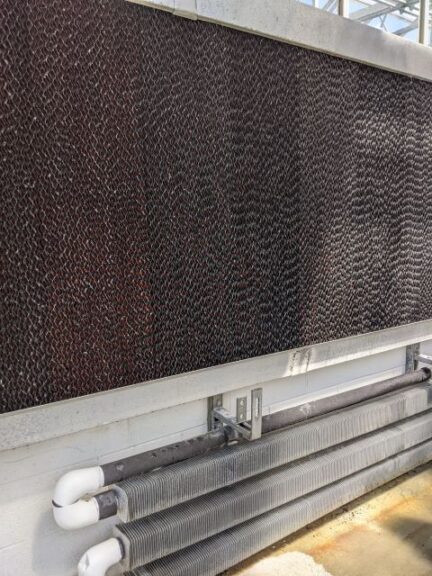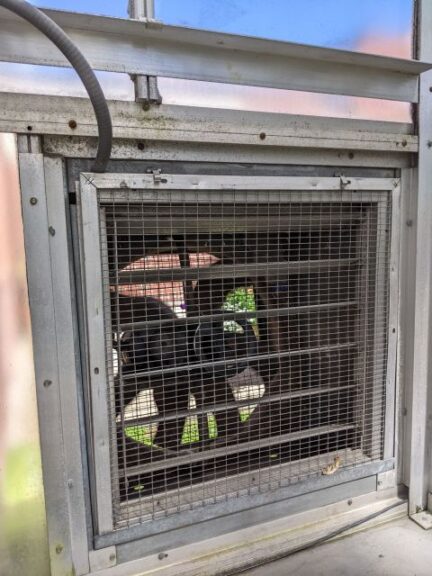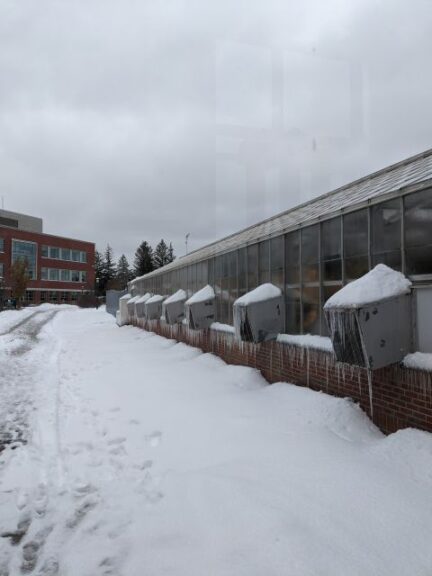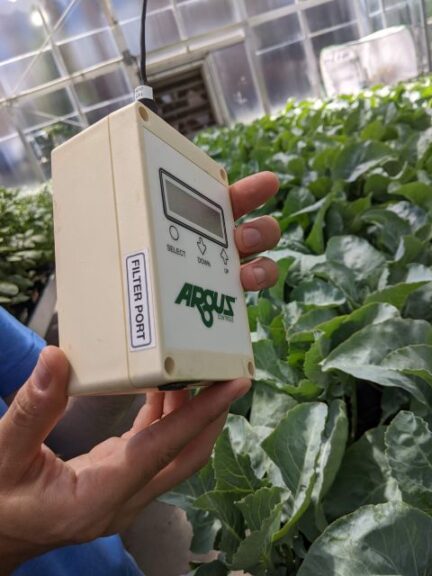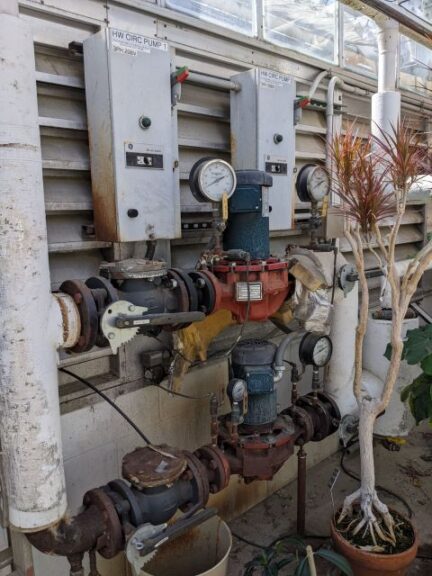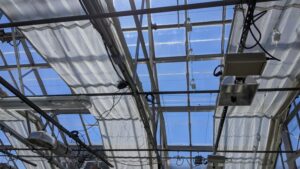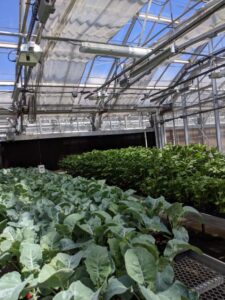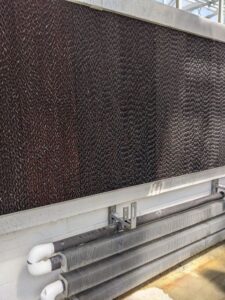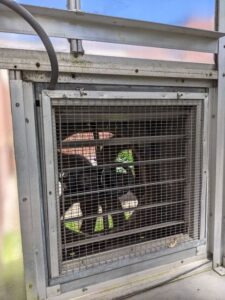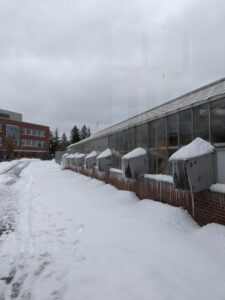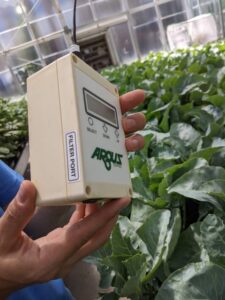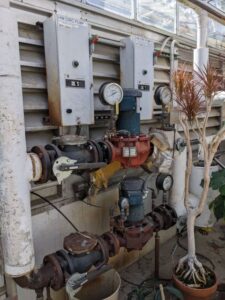A Collaborative Approach to Greenhouse Maintenance
In Greenhouse Grower’s August 2022 issue and on GreenhouseGrower.com, I wrote about strategies for successful greenhouse maintenance planning. While that article was mostly from a grower perspective, there are other models to follow.
Academic greenhouses are a unique facility type with diverse customers. The three University of Vermont (UVM) greenhouse facilities collectively provide more than 12,000 square feet of controlled environment space for plant-related research and education activities. Since the 8,000 square-foot main campus greenhouse was built in 1991, a variety of equipment has needed consistent care. Some components have required upgrades or replacement.
Derek Allen, the UVM Greenhouse Director and manager of main campus greenhouses, is supported by partners at the Physical Plant who perform preventative maintenance activities and offer expert recommendations for mechanical systems like timing for fan belt tightening and sizing for replacement pumps.
“For some systems like greenhouse curtains and LED horticultural lighting, the capital expense for the equipment comes from my department’s budget, so extending system life and keeping houses online protects my investment as well as the research and production activities,” Allen says.
The structure is more than 30 years old and is inspected annually to scout for glass slippage or areas where panes gap. Gutters on the east and west sides of the greenhouse are inspected and cleaned annually as they can collect water and are a common spot for algae growth. Greenhouse glazing is expensive to clean from the outside and generally requires hiring a contractor. To improve light transmission, when it is humid, empty houses are pressure washed from the inside. Horticultural lighting systems are cleaned when houses are set up for new research and production activities to maximize light received by plants and extend equipment life.
“Maintenance matters to my bottom line and the plants,” Allen says. “On an extreme weather day, if it’s freezing or roasting outside, it can cause problems for the plants quickly.”
Controls systems, alarms, and alerts are critical for avoiding crop damage and loss. On a recent holiday, a pump serving one of the greenhouse’s evaporative cooling pad and fan systems stopped working and an automated alarm system reported the failure to the head-end controller which notified greenhouse staff so they could get the pump back online.
“The monitoring system comes in handy,” Allen says. “The same week, an outlet tripped the breaker and the pump turned off again. Another alarm let us know so we could quickly solve the problem.”
For cooling systems, a disinfectant and algicide is used in chilled water systems bi-weekly; chemicals that can deteriorate pad materials are avoided. Evaporative fan and pad systems are cleaned every year in the fall by flushing tanks and hosing down and brushing off pads. Systems can be brought online before the cooling season begins to inspect for leaks so repairs can be made before the weather gets warmer. Pads are replaced every five years to achieve maximum efficiency and effectiveness. For houses that use direct expansion cooling equipment, filters are replaced every three to six months, depending on frequency of cooling system operation.
Motors drive key components of greenhouse HVAC systems including louvers for fan systems, ridge vents for roof systems, and pulleys for curtain systems that maintain temperature and humidity in optimal ranges. Louvers and vents are lubricated and motors are replaced proactively. Pulleys and wires for curtain systems are inspected annually to scout for frayed wires and ensure wires are sitting properly and run smoothly through pulleys.
When seasons change, it is important to adjust controls systems settings to switch modes. In Vermont, in late November, Allen enables winter mode, which only allows ridge vents to operate and disables exhaust fans. Once outside temperatures get even colder, fan openings are blocked with foam board for the season to limit infiltration of outside air.
Aspirated sensors installed in each house report actual conditions of the greenhouse. Air filters are cleaned and replaced to ensure accuracy of readings. Environmental building systems are automated and integrated at a head-end controller which is used to store historical trends of recorded facility conditions gathered every minute. This information is reviewed periodically by the greenhouse manager to evaluate performance of HVAC and lighting systems and support energy savings calculations for efficiency projects.
Check out the slideshow above for a closer look.





